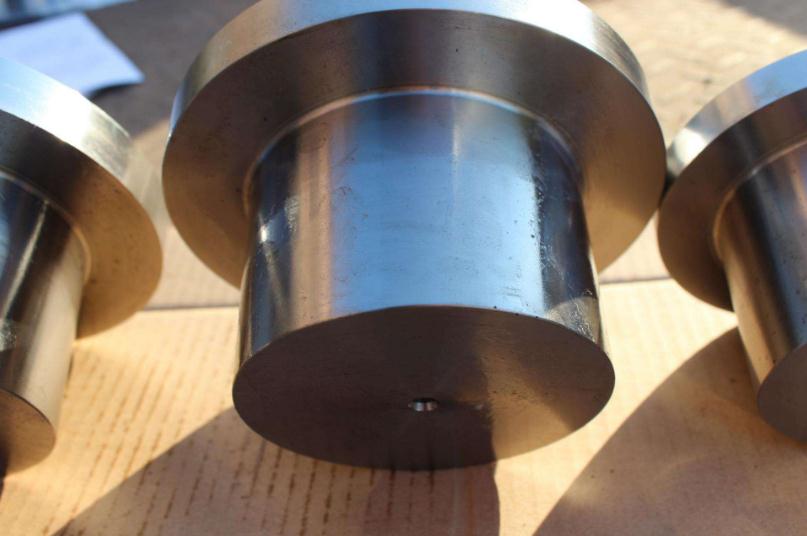Hello, welcome to visitAnhui Miteji Machinery Co., Ltd.!
Qr code

Mobile phone preview
Hello, welcome to visitAnhui Miteji Machinery Co., Ltd.!
Qr code

Mobile phone preview
One of the important characteristics of metal plastic deformation is work hardening, or cold work hardening, its performance is: if want to continue deformation, external forces must increase. Obviously, this change is caused by the change of the internal structure of the metal during plastic deformation.

Work hardening of deformed metals
When a metal undergoes plastic deformation at a certain temperature, its strength and hardness increase with the increase of deformation degree, while the phenomenon that the plasticity decreases is called work hardening. This is because the crystal lattice orientation of each grain in the metal is not consistent. When plastic deformation occurs, slippage gradually occurs in each grain, which distorts the crystal lattice near the slip surface, and the grain boundary is increased, thus preventing further slippage. Therefore, in order to produce slip deformation again, we must increase the external force.
Work hardening brings difficulties to further deformation of metal forgings and subsequent cutting. If the forging is stopped at too low temperature, the plasticity of the metal will decline due to work hardening, and it is difficult to continue plastic deformation. Therefore, it is necessary to increase the intermediate annealing process, which reduces the productivity and increases the production cost. This is a disadvantageous factor. Work hardening also has its good practical significance, such as for some metal materials that cannot be strengthened by heat treatment, can be strengthened by work hardening, in order to improve the bearing capacity of metal parts. For example, the lCr18Ni9Ti material deforms at around 200°C, which is enhanced by work hardening. In addition, when stamping the metal cup blank, because the deformed part first produces work hardening, the deformation is transferred to other parts to continue, so as to obtain the cup part with uniform wall thickness. Work hardening can also be used to improve product surface roughness, wear resistance and strength.
Work hardening phenomenon not only exists in the process of ferrous metal processing, many non-ferrous metal materials (aluminum, copper, etc.) also commonly used work hardening methods to improve their hardness and strength. Some of the physical and chemical properties of metal forgings change significantly after working hardening, such as increased resistance and decreased corrosion resistance.